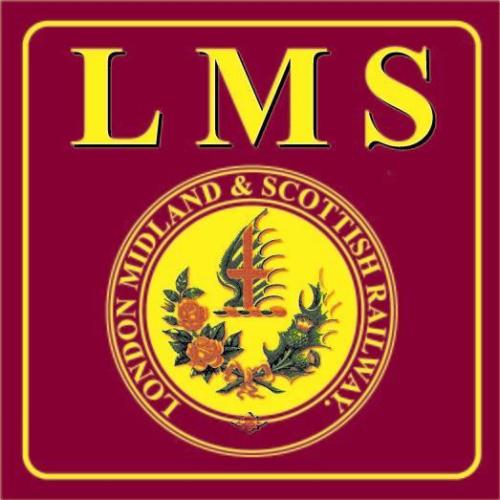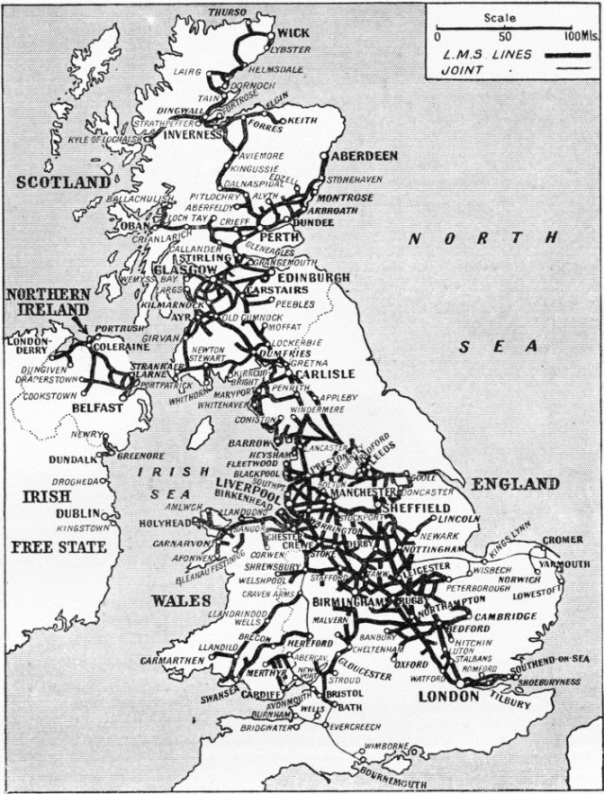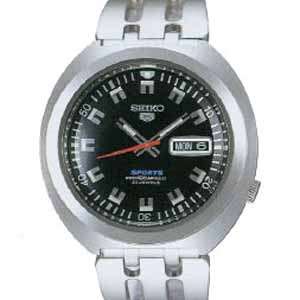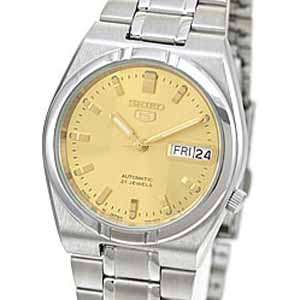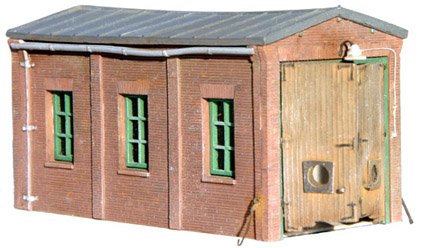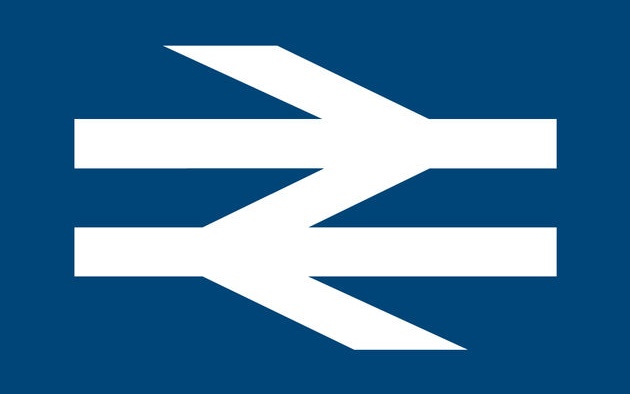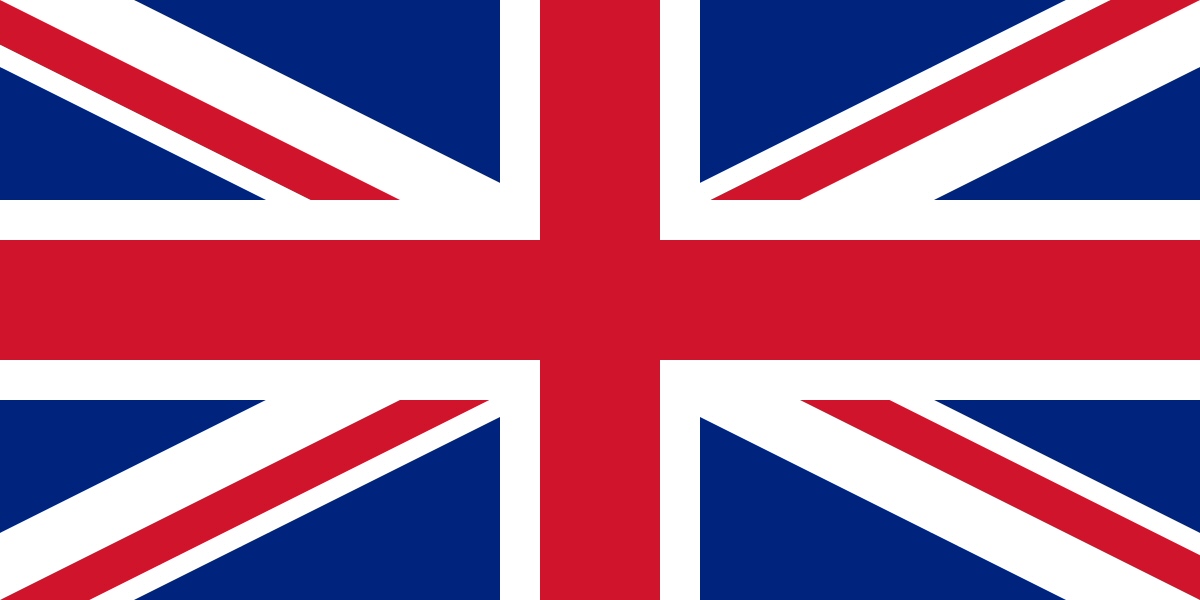London, Midland and Scottish
| Company Name | London, Midland and Scottish |
| Company Web Site | Link |
| Category | Railroad |
| Year Founded | 1923 |
| Final Year of Operation | 1947 |
| Termination | Merged |
| Successor/Parent | British Rail (Details) |
| Country | United Kingdom (Details) |
Company History:
The London, Midland and Scottish Railway (LMS) was a British railway company. It was formed on 1 January 1923 under the Railways Act of 1921, which required the grouping of over 120 separate railways into four. The companies merged into the LMS included the London and North Western Railway, Midland Railway, the Lancashire and Yorkshire Railway (which had previously merged with the London and North Western Railway on 1 January 1922), several Scottish railway companies (including the Caledonian Railway), and numerous other, smaller ventures.
The resulting company was an unwieldy construction, with numerous interests other than railway operation. Besides being the world's largest transport organisation, it was also the largest commercial enterprise in the British Empire and the United Kingdom's second largest employer, after the Post Office. The LMS also claimed to be the largest joint stock organisation in the world.
In 1938, the LMS operated 6,870 miles (11,056 km) of railway (excluding its lines in Northern Ireland), but its profitability was generally disappointing, with a rate of return of only 2.7%. Under the Transport Act 1947, along with the other members of the "Big Four" British railway companies (GWR, LNER and SR), the LMS was nationalised on 1 January 1948, becoming part of the state-owned British Railways.
The LMS was the largest of the Big Four railway companies serving routes in England, Northern Ireland, Scotland and Wales.
From Wikipedia
The resulting company was an unwieldy construction, with numerous interests other than railway operation. Besides being the world's largest transport organisation, it was also the largest commercial enterprise in the British Empire and the United Kingdom's second largest employer, after the Post Office. The LMS also claimed to be the largest joint stock organisation in the world.
In 1938, the LMS operated 6,870 miles (11,056 km) of railway (excluding its lines in Northern Ireland), but its profitability was generally disappointing, with a rate of return of only 2.7%. Under the Transport Act 1947, along with the other members of the "Big Four" British railway companies (GWR, LNER and SR), the LMS was nationalised on 1 January 1948, becoming part of the state-owned British Railways.
The LMS was the largest of the Big Four railway companies serving routes in England, Northern Ireland, Scotland and Wales.
From Wikipedia
Successor/Parent History:
British Railways (BR), which from 1965 traded as British Rail, was the state-owned company that operated most of the overground rail transport in Great Britain between 1948 and 1997. It was formed from the nationalisation of the "Big Four" British railway companies and lasted until the gradual privatisation of British Rail, in stages between 1994 and 1997. Originally a trading brand of the Railway Executive of the British Transport Commission, it became an independent statutory corporation in 1962 designated as the British Railways Board.
British Rail designed and manufactured rolling stock from 1948 to 1989, at which time its subsidiary British Rail Engineering Limited (BREL) was privatised.
1997 marked the end of the privatization effort in which the last assets of British Rail were sold to 31 regional freight and passenger operators as well as Railtrack (which was later brought under public control as Network Rail), which was given the track and infrastructure.
Read more on Wikipedia.
British Rail designed and manufactured rolling stock from 1948 to 1989, at which time its subsidiary British Rail Engineering Limited (BREL) was privatised.
1997 marked the end of the privatization effort in which the last assets of British Rail were sold to 31 regional freight and passenger operators as well as Railtrack (which was later brought under public control as Network Rail), which was given the track and infrastructure.
Read more on Wikipedia.
Brief History:
The United Kingdom, made up of England, Scotland, Wales and Northern Ireland, is an island nation in northwestern Europe. England – birthplace of Shakespeare and The Beatles – is home to the capital, London, a globally influential centre of finance and culture. England is also site of Neolithic Stonehenge, Bath’s Roman spa and centuries-old universities at Oxford and Cambridge.
Item Links:
We found: 2 different collections associated with
London, Midland and Scottish - Railroad
- Collection N Scale Model Trains: 48 different items
- Collection Transportation Companies: 4 different items
Item created by: Alain LM
on 2018-09-28 14:23:48
If you see errors or missing data in this entry, please feel free to log in and edit it. Anyone with a Gmail account can log in instantly.
If you see errors or missing data in this entry, please feel free to log in and edit it. Anyone with a Gmail account can log in instantly.


